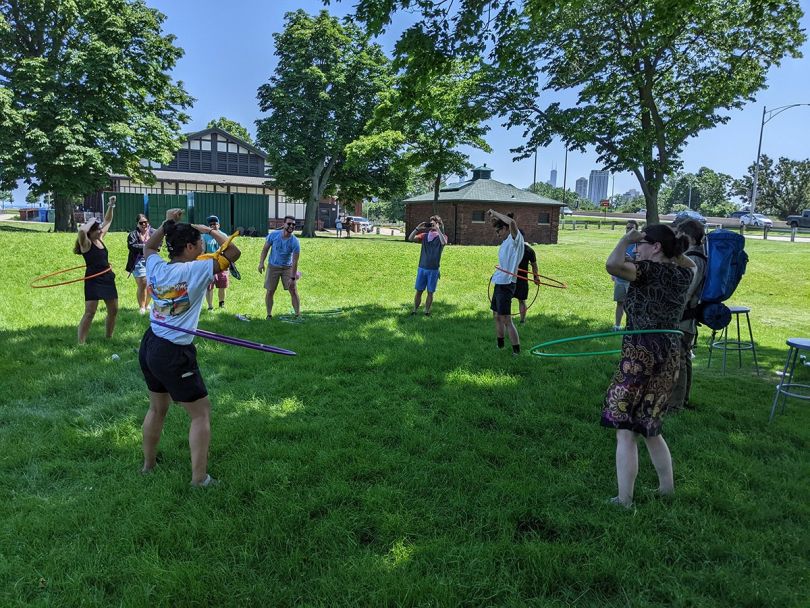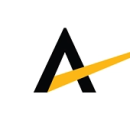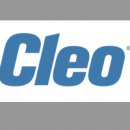Wonder Woman has invulnerability and a Lasso of Truth. Superman has incredible strength and heat vision. Data-driven marketing company Affinitiv has…hybrid remote work?
It may not be the first superpower you consider when it comes to “saving the day,” but for companies in Chicago and beyond, hybrid remote work has rejuvenated the tech industry’s innovative potential while simultaneously increasing factors like work-life balance and job satisfaction. And while the average employee may not have been gifted with abilities like teleportation or super speed, hybrid work policies have allowed team members to fulfill their daily expectations while feeling more present both at home and on the job — no lengthy commute required.
“By embracing a guiding principle that ‘work’ isn’t something you go into an office for, but rather something you do no matter where you are, we created our Work From (Almost) Anywhere program,” said Dom Merritt, chief people officer at Dscout. “Our goal is to provide our team members with the flexibility to decide their best way of working no matter where they live.”
Dscout isn’t alone in its approach. In fact, according to Built In’s research, 45% of U.S. employers currently offer remote work and 4.7 million employees work remotely at least 50% of the time. This trend has led to higher employee engagement and retention, decreased rates of burnout and impactful mental wellness programs. Hybrid workers even reported a 22% increase in happiness in both their personal and professional lives, according to a 2021 study conducted by Owl Labs.
To learn more about how tech companies are converting hybrid remote work into an attainable superpower, Built In Chicago caught up with local leaders at Dscout, Affinitiv and Cleo. So the next time you find yourself struggling to attend a big meeting while waiting for that final UPS delivery attempt, don’t panic — the boardroom’s secret identity as your kitchen table is safe.

Dscout’s research platform helps customers gather, manage, share and analyze millions of product and brand experiences submitted by people around the world.
Tell us a little bit about Dscout’s hybrid remote work model. What does it look like in practice?
Like many companies, we wanted to find the right model for how we wanted to work moving forward while ensuring that whatever model we choose would be uniquely Dscout. By embracing a guiding principle that “work” isn’t something you go into an office for, but rather something you do no matter where you are, we created our Work From (Almost) Anywhere program, which allows us to be a remote-first company.
Although we are headquartered in Chicago, our goal is to provide our team members with the flexibility to decide their best way of working no matter where they live, across most of the country. For team members who choose to come into the office, we re-imagined our HQ as a co-working space available for those who want a place to work for the day or for teams looking for in-person collaboration.
What’s the greatest benefit Dscout has seen from transitioning to a hybrid remote model?
Just as the way we worked evolved, the way we show up and support our employees also evolved. Over the past two years, we’ve made a number of significant benefit changes — the most notable being our unlimited PTO policy and expanding our paid parental leave program to offer 12 weeks of 100 percent paid time off to welcome new family members.
We also provide an annual work-from-home stipend to help team members set up their physical work space in a way most conducive to their productivity in their remote work environments. We regularly evaluate our benefits to ensure we can continue to meet the needs of our employees.
Over the past two years we’ve made a number of significant benefit changes — the most notable being our unlimited PTO policy.”
What’s one challenge you’ve encountered while implementing a hybrid remote model, and how has Dscout overcome it?
The biggest challenge to have a hybrid or remote-first culture has been maintaining and growing our sense of community and connection. Our team currently organizes at least one remote connection event each month. The most notable have included a kids’ magic show, playing The Price Is Right, a terrarium-building class and more.
One of the most impactful things we did this year was fly the whole company to Chicago for our first ever mid-year summit. Over two days, we incorporated strategic and performance-based conversations — including a meet and greet with our board — but also loads of outdoor team bonding activities like cornhole, trivia, hula-hooping and much more. We concluded the summit with an epic karaoke sing-off in our office.
Affinitiv is a marketing technology and social media company that focuses on the automotive customer lifecycle to drive the next-generation customer experience.
Tell us a little bit about Affinitiv’s hybrid remote work model. What does it look like in practice?
Affinitiv’s hybrid remote work model came out of necessity at the start of the pandemic and has evolved into a fully functional, permanent and productive company practice. Our team members have the option to work remotely from anywhere within the United States, and they also have the option to work from one of our fully equipped campuses. We encourage our team members to use our campuses for team meetings and team-building activities when possible or when they simply prefer to work from an office environment.
What’s the greatest benefit Affinitiv has seen from transitioning to a hybrid remote model?
The greatest benefit that we have seen is the flexibility that this hybrid remote model offers our team members. The opportunity to work remotely has allowed our team members to move to new cities and have new experiences, as well as make extended visits to family and friends. It also has provided more flexibility for parents. I know that as a mom of a toddler, the ability to work remotely has been so helpful when my son is sick or when his daycare is closed due to a Covid-19 exposure.
As a mom of a toddler, the ability to work remotely has been so helpful when my son is sick or when his daycare is closed.”
What’s one challenge you’ve encountered while implementing a hybrid remote model, and how has Affinitiv overcome it?
The biggest challenge by far when implementing a hybrid remote model has been continuing to build our sense of community while our team members are working in so many different places. It really is difficult to configure the level of team building and support that you typically get from working with others on campus while working remotely. We made sure to make this a priority and invest in our team members and technology in order to overcome this challenge.
Besides the different video conferencing technology that we implemented, we also took additional steps to build that support internally and bring people together. This is where our BRIDGE and Fun Force groups come in! The amount of fun and educational events that we have been able to provide in order to bring our team members together virtually and allow them to get to know each other is something that I am truly proud to be a part of.
Cleo is an ecosystem integration software company helping businesses and manufacturers have a centralized platform to supply data for e-commerce transactions, logistical support and more.
Tell us a little bit about Cleo’s hybrid remote work model. What does it look like in practice?
Cleo’s model is a “work-centric” approach, which is something that we feel gives our account managers (AMs) the best of both worlds. Many employees are still very fresh in their Cleo tenure, and being able to develop connections, collaborate and witness Cleo’s culture in person goes a long way for personal development.
With that said, we recognize the benefits of working from home and that people are far more equipped to be remote than in the past. Not to mention that Cleo did experience significant growth over the past two years despite being in a virtual setting full-time! Because of this, we have the AM team in the office three days a week, with the option to work remotely two days a week.
What’s the greatest benefit Cleo has seen from transitioning to a hybrid remote model?
One of the greater benefits when it comes to the hybrid model is smoother onboarding for new hires and lessening the learning curve. Because there is a level of complexity associated with the technology Cleo provides and the ecosystem integration category we are pioneering, being face to face is critical to getting off to a fast start.
Prior to having to go remote full-time, things like whiteboarding or shadowing were a foundational part to our onboarding curriculum. When the pandemic forced us to be full-time remote, we had to lean very heavily on video curriculum or virtual whiteboarding, which was just not as effective as being in person. There was much more effort needed to ensure critical concepts or work processes were being retained by new Cleo employees.
Since moving to a hybrid model, we’ve cut the onboarding period in half from four to two weeks, and new Cleo-ites are making positive contributions to the company and their role at a much faster pace.
Since moving to a hybrid model, we’ve cut the onboarding period in half from four to two weeks.”
What’s one challenge you’ve encountered while implementing a hybrid remote model, and how has Cleo overcome it?
Ensuring that there is consistency each day — especially when it comes to each account manager maintaining a regimented schedule — is always a challenge. It’s a lot easier to stay on task or be organized in how you’re going about your day in an office setting. Working remotely comes along with far more distractions or opportunities to deviate from what has consistently led to success in the office.
On days when our Chicago employees are working remotely, we do our best to put “guardrails” in place to ensure we are not losing out on the collaboration or productivity that occurs in person. Teams will often start their day with morning virtual stand-ups, and have additional team or one-on-one sessions in between. It’s also important to set clear expectations on what needs to be accomplished during the remote days, no matter the role of the employee. Finding the right rhythm while being virtual can at times feel like a moving target, but we do our best to try new things and maintain constant communication through Slack, Zoom, shared docs and more.











